canon相機收購
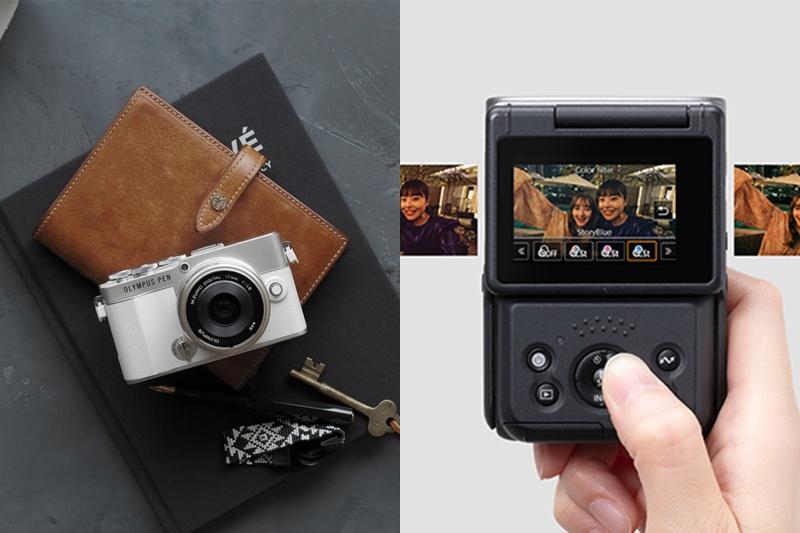
時尚圈常說「流行是個輪迴」,這句話也適用於3C圈,一度因智慧手機而沉寂的相機近年再度捲土重來,在年輕消費者之間吹起一波「隨身相機」熱潮。現在相機追求的不只是畫質表現,更力求要好玩、好看,不少款式更出現一機難求、黃牛炒價的誇張現象,甚至比熱門型號手機更難搶。
受到Y2K復古浪潮的影響,隨身相機重新回到大眾視野,更從單純的影像記錄工具,搖身一變成為展現品味的時尚配件,採用復古設計的相機更是受到消費者青睞,像是富士最新款的X100VI,一上市就引來黃牛、通路炒價,還出現比定價多一倍的10萬元天價。由於X100VI實在太難買,也讓前一代X100V跟著水漲船高,在二手市場的價格甚至超過官方定價,成為相機史上少見的現象。
請繼續往下閱讀…
如果被這一波熱潮燒到,想要入手隨身相機記錄生活,除了評估相機的重量是否適合攜帶,更要先瞭解內建的照片濾鏡、影片錄影功能,甚至創意模式是否符合需求和喜好,以免購買後產生落差,讓使用樂趣大打折扣。
 GR III最早於2019年發表,後續推出不同造型的版本,不過在規格上都是一樣的。
GR III最早於2019年發表,後續推出不同造型的版本,不過在規格上都是一樣的。
 同樣也有復古造型的OLYMPUS(現為OM SYSTEM)PEN E-P7 ,今年也因為大熱賣,一度在日本停止接單。
同樣也有復古造型的OLYMPUS(現為OM SYSTEM)PEN E-P7 ,今年也因為大熱賣,一度在日本停止接單。
濾鏡搭配App 隨拍隨傳免修圖
隨身相機能受到消費者喜愛,除了好看的外型外,還因擁有許多強大功能。過去用相機拍出來的照片可能還不如智慧手機拍的好看,若要「後製修圖」又很麻煩花時間;現在為了降低使用門檻、迎合年輕族群喜好,許多相機品牌都強調「直出JPG」的功能,透過內建濾鏡、特效,拍完不必修圖,輕鬆就能得到一張可直接上傳社群的美照。
這樣的功能優勢來自於各家品牌多年累積的「色彩科學」,如富士、理光提供的多款濾鏡,色彩與質感都沿襲底片時期的風格,就算是平平無奇的場景,只要套上濾鏡就能出現故事感,甚至能呈現底片帶有的獨特顆粒感,只要靈活運用濾鏡搭配場景,就能拍出與眾不同的質感美照。
 豐富的色彩濾鏡是現代相機的必備功能。
豐富的色彩濾鏡是現代相機的必備功能。
 以PEN E-P7 預設提供的「創意撥桿」為例,不同模式下的色彩鮮豔、對比度都會不一樣。(記者黃肇祥攝)
以PEN E-P7 預設提供的「創意撥桿」為例,不同模式下的色彩鮮豔、對比度都會不一樣。(記者黃肇祥攝)
錄影功能強大 還能開直播
隨著YouTube、TikTok等影音平台崛起,許多人買相機不是為了拍照,是想要透過錄影功能,拍攝影片記錄日常生活、旅途或是運動過程,全新型態的相機也為此而生。GoPro、Insta360、DJI等品牌設計的運動相機,可以輕鬆掛在腳踏車、背包或是身上,既方便使用者騰出雙手也能拍出更具有帶入感的第一人稱視角畫面。
許多機種內建慢動作錄影、縮時攝影,或能拍到360度的全景攝影,甚至能藉由軟體隱藏自拍棒,營造出第二人攝影的角度,即使不會後製剪片,也可發揮創意拍出獨樹一格的有趣影片;部分以影音為主的相機,還能直接串流YouTube、Facebook展開直播。
 運動相機的安裝位置更彈性,不僅可置於運動工具上,還能放在帽簷或安全帽上方便拍出與人眼相同的視角。
運動相機的安裝位置更彈性,不僅可置於運動工具上,還能放在帽簷或安全帽上方便拍出與人眼相同的視角。
 運動相機的安裝位置更彈性,不僅可置於運動工具上,還能放在帽簷或安全帽上方便拍出與人眼相同的視角。
運動相機的安裝位置更彈性,不僅可置於運動工具上,還能放在帽簷或安全帽上方便拍出與人眼相同的視角。
 透過軟體演算法,部分運動相機可隱藏自拍桿畫面,使影片看起來更像是他人協助拍攝,而非自拍。
透過軟體演算法,部分運動相機可隱藏自拍桿畫面,使影片看起來更像是他人協助拍攝,而非自拍。
熱門機種介紹
GR III HDF、GR IIIx HDF 街拍口袋神機
理光隨身相機配有APS-C片幅,小巧機身僅重232g,能輕鬆塞入口袋。全新HDF版本帶來「高光擴散濾鏡」,能夠把街燈、檯燈、招牌等強烈光源,轉為柔和且朦朧的特效,打造底片攝影獨有的氛圍感。28mm廣角的GRIII HDF適合拍攝風景、街景,40mm的GRIIIx HDF則更能聚焦主題。
 GRIII HDF,32,900元;GRIIIx HDF,33,900元
GRIII HDF,32,900元;GRIIIx HDF,33,900元
 GRIII HDF新濾鏡能突顯光線,讓影像更為柔和。
GRIII HDF新濾鏡能突顯光線,讓影像更為柔和。
富士X100VI 還原真實色彩
富士X100VI可以說是近年最搶手的相機,不只有復古外型,更具備獨特色彩的20種軟片模擬功能,還加入「Reala ACE」模式,強調更真實的色彩還原,並有較高對比度;性能上也加入前代沒有的機身防震系統、AI物體辨識,隨手拍照成功率大幅提升。
 外型復古的富士X100VI,一推出就引發搶購風潮,51,800元。
外型復古的富士X100VI,一推出就引發搶購風潮,51,800元。
徠卡 D-Lux 8 遠拍近攝一鏡到底
奢華相機品牌徠卡看準這波隨身相機風潮,睽違六年再度發表M43片幅的類單眼相機D-Lux 8,不僅是品牌旗下價格最親民的數位相機,還配有一顆35mm等效焦段24mm-75mm的變焦鏡頭,支援最近3公分的微距攝影,無論是想要遠拍還是近攝都輕鬆愜意。D-Lux 8更承襲徠卡的品牌特色,既能拍出濃郁的色彩,還能夠以高對比度單色模式拍攝文青感十足的黑白照片。
 徠卡D-Lux 8重量不到400g,卻仍保有金屬材質的紮實手感,58,500元。
徠卡D-Lux 8重量不到400g,卻仍保有金屬材質的紮實手感,58,500元。
canon相機收購canon PowerShot V10 單手可拿拍片輕鬆
因應影音拍攝潮流,canon相機收購canon將PowerShot V10改為直立式機身,只要單手就能握持進行拍攝。定位為影音相機,可搭配視角廣闊的19mm F2.8超廣角定焦鏡頭,支援4K 30p影片拍攝,以及短片數位IS模式、自動水平校正功能,確保拍攝時的穩定度,還有可伸縮式支架,能夠放置於桌面進行直播或自拍影片。
 canon相機收購canon PowerShot V10的直立式機身,方便單手握持拍攝,13,990 元。(記者黃肇祥攝)
canon相機收購canon PowerShot V10的直立式機身,方便單手握持拍攝,13,990 元。(記者黃肇祥攝)
GoPro Hero 12 Black 防震防水運動必備
專為戶外運動愛好者而生的GoPro Hero 12 Black,可以上山下海又抗寒,支援10公尺的防水性能,用於浮潛或是滑雪拍攝都沒有問題,強大的HyperSmooth防震系統也確保畫面穩定不晃動,並可自動校正水平線。透過底座增加的1/4 螺絲孔,Hero 12 Black可以結合腳架鎖在自行車或安全帽上,拍下騎士第一人稱視角畫面。
 GoPro Hero 12 Black,14,900元。(記者黃肇祥攝)
GoPro Hero 12 Black,14,900元。(記者黃肇祥攝)
 GoPro Hero 12 Black防水性能絕佳,可在浮潛時使用。
GoPro Hero 12 Black防水性能絕佳,可在浮潛時使用。
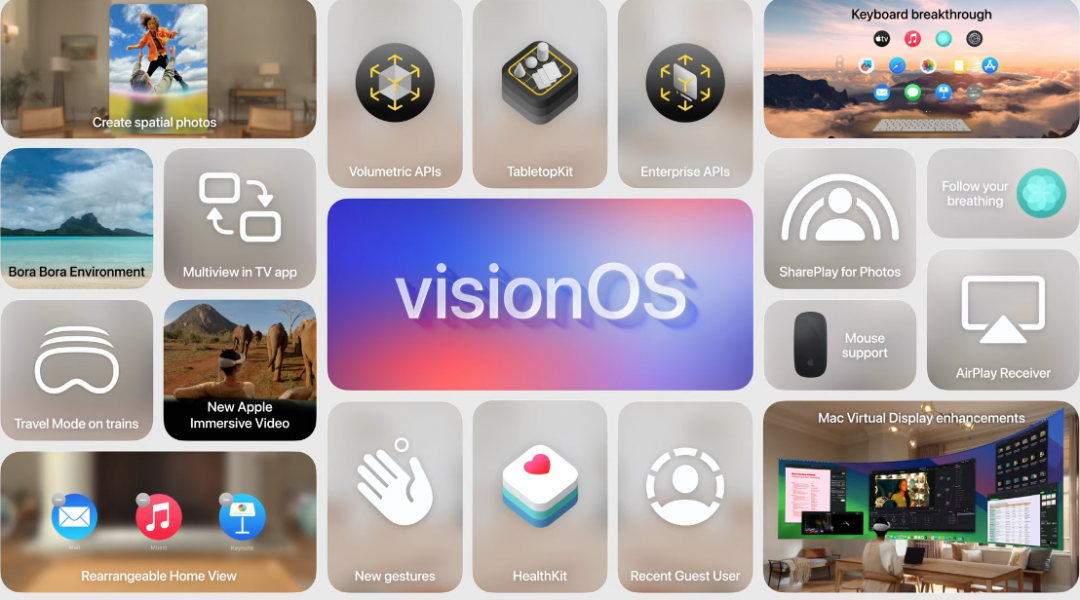 (圖/翻攝蘋果直播)
(圖/翻攝蘋果直播)
蘋果今日(11)WWDC 大會由空間運算裝置 Vision Pro 打頭陣!推出首個重大版本更新 visionOS 2,讓將一張常見的 2D 照片轉換為 3D 空間照片,同時也進一步強化與 Mac 電腦之間的搭配。
透過全新的 visionOS 2,「照片」App 儲存的 2D 照片,將可以直接轉換成 Vision Pro 獨有的「空間照片」,能夠從多視角觀賞的 3D 畫面,帶來栩栩如生的真實感,還可以透過 SharePlay 與朋友分享,並且藉由虛擬實境的方式共同觀賞,跨越距離的限制,彷彿兩個人坐在一起。
請繼續往下閱讀…
蘋果也更新 Vision Pro 與 Mac 搭配的虛擬顯示功能,可以藉由虛擬空間顯示相當於 2 組 4K 螢幕的畫面,而且擁有虛擬寬螢幕的選項,不必侷限於傳統螢幕的比例,而是能將畫面向左右兩側延伸,獲得更多顯示空間。
為了拓展 Vision Pro 的使用情境,蘋果在 visionOS 2 將「旅行模式」不再侷限於飛機,現在搭乘長途火車也能使用,能夠確保車輛行進的同時,觀看電影、影片不會因為晃動而模糊。蘋果更新增了 visionOS 的手勢操作,能夠透過翻轉手掌、點擊手指達到回到首頁、呼叫控制中心等操作。
canon相機收購 canon相機收購



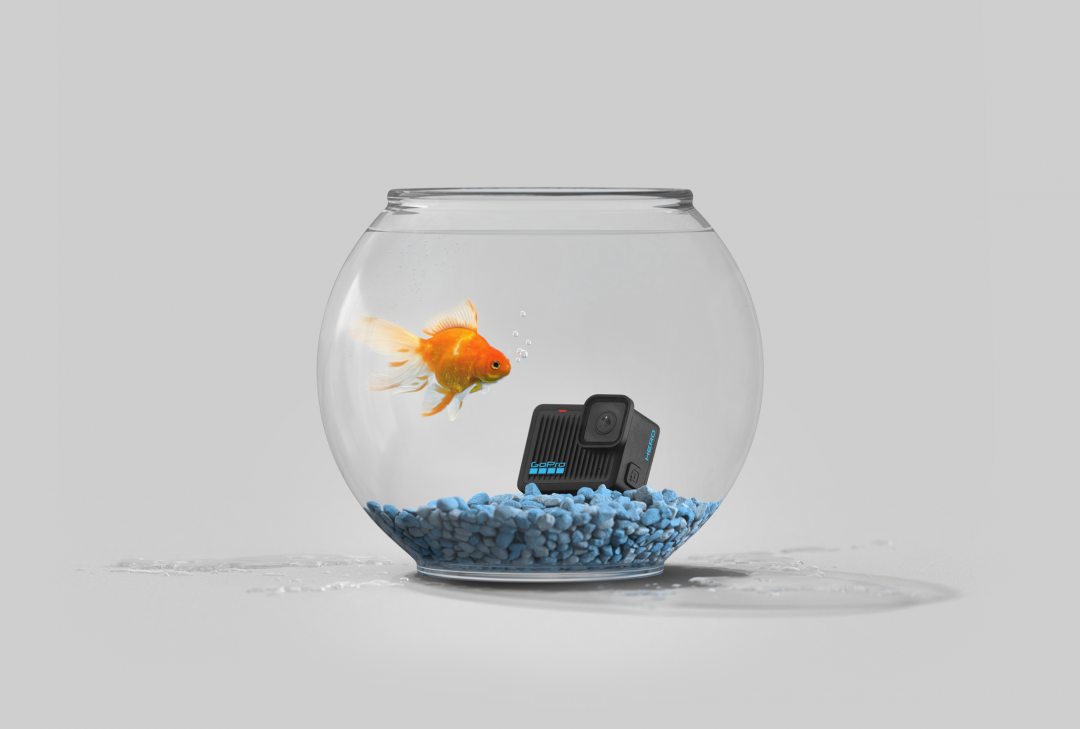













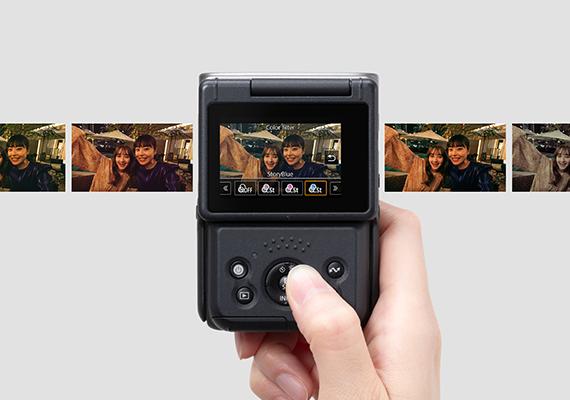

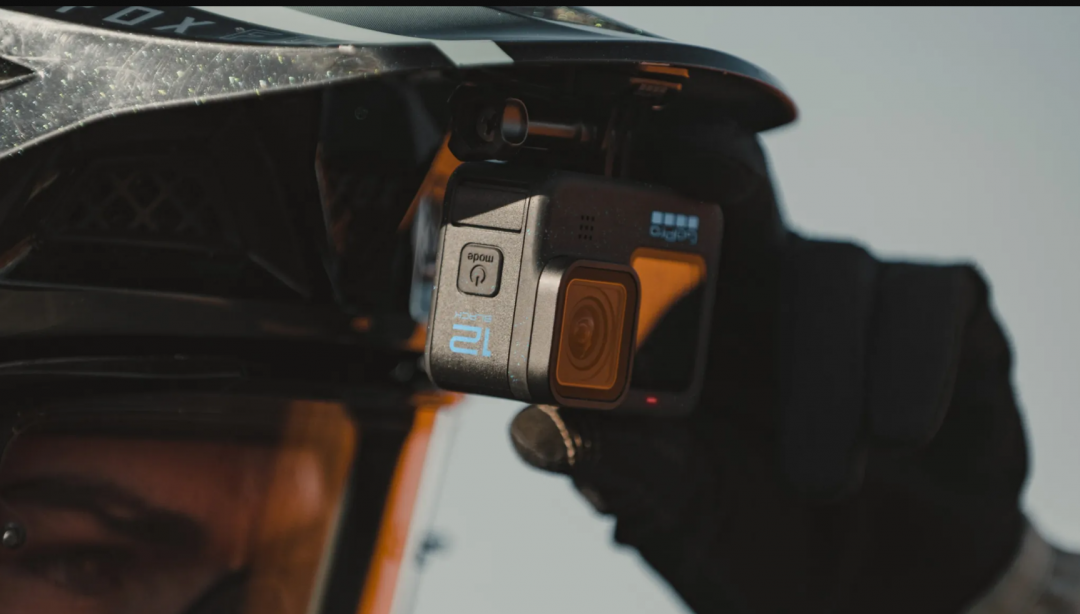
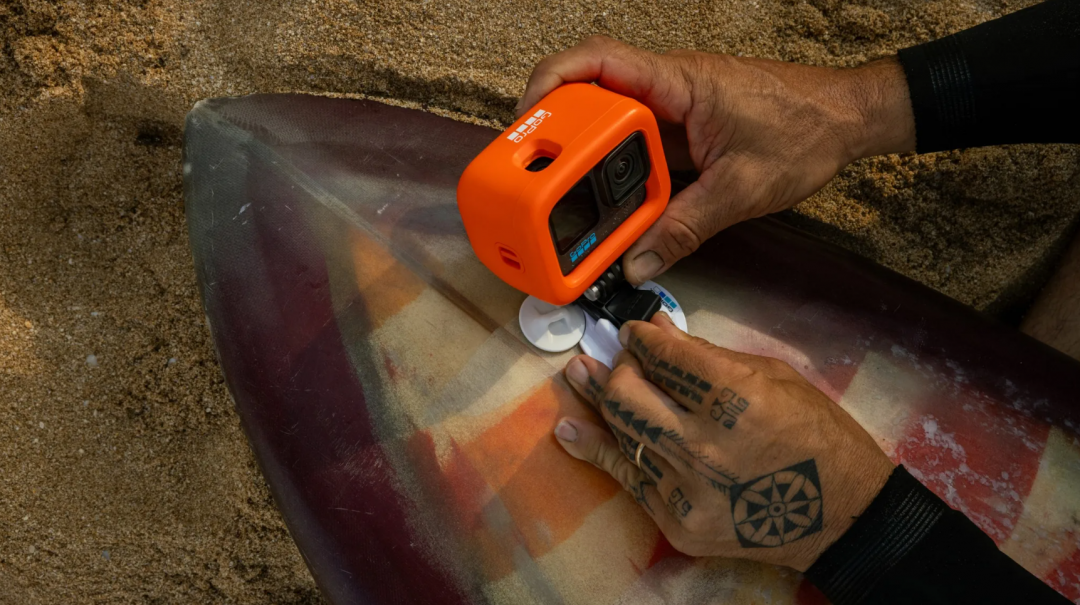
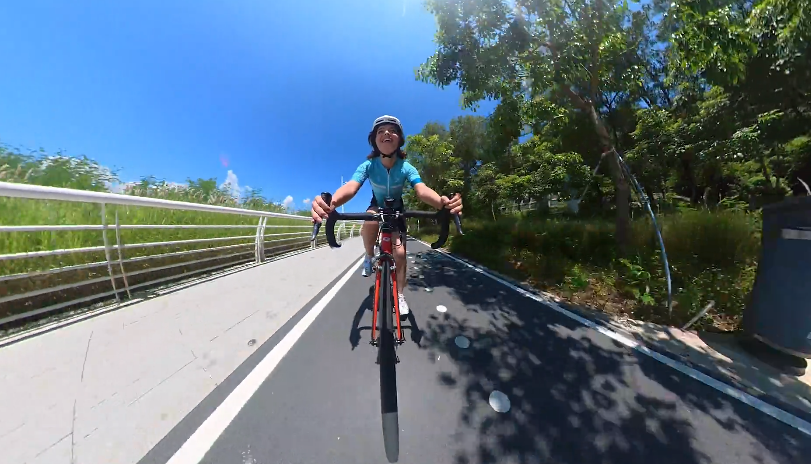




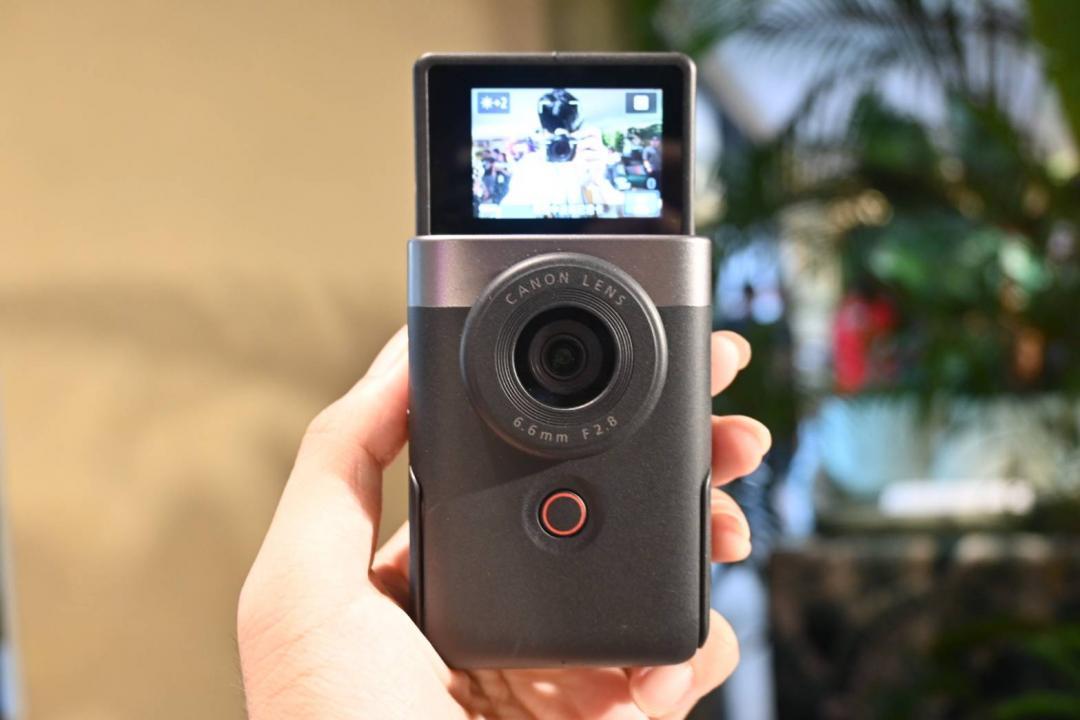
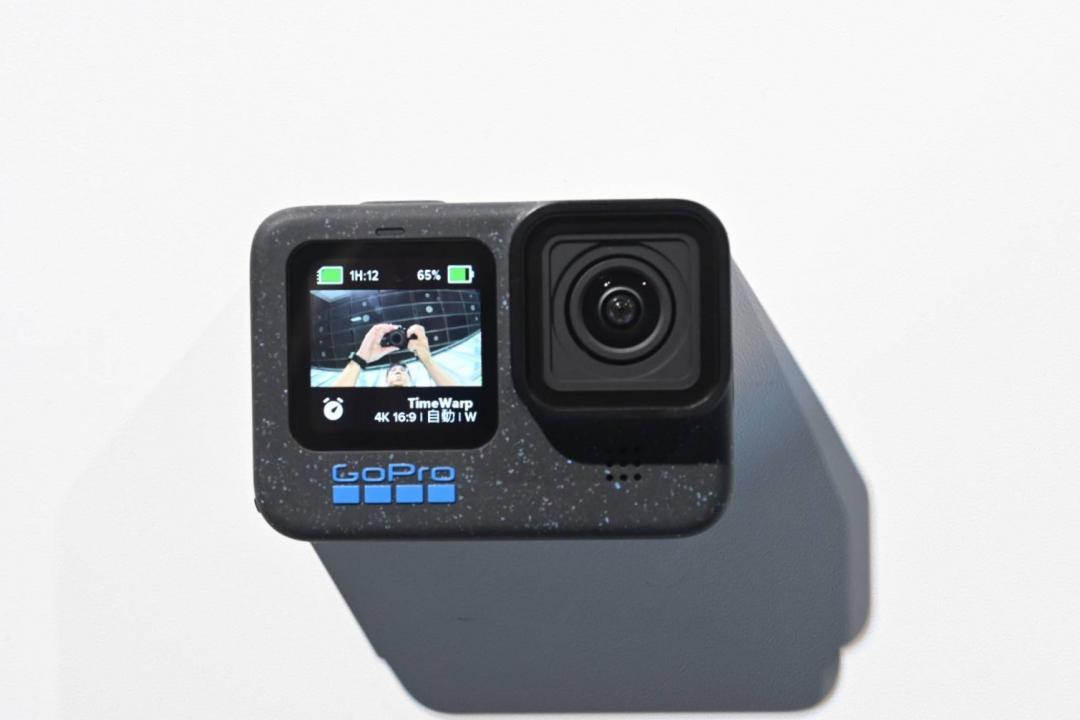






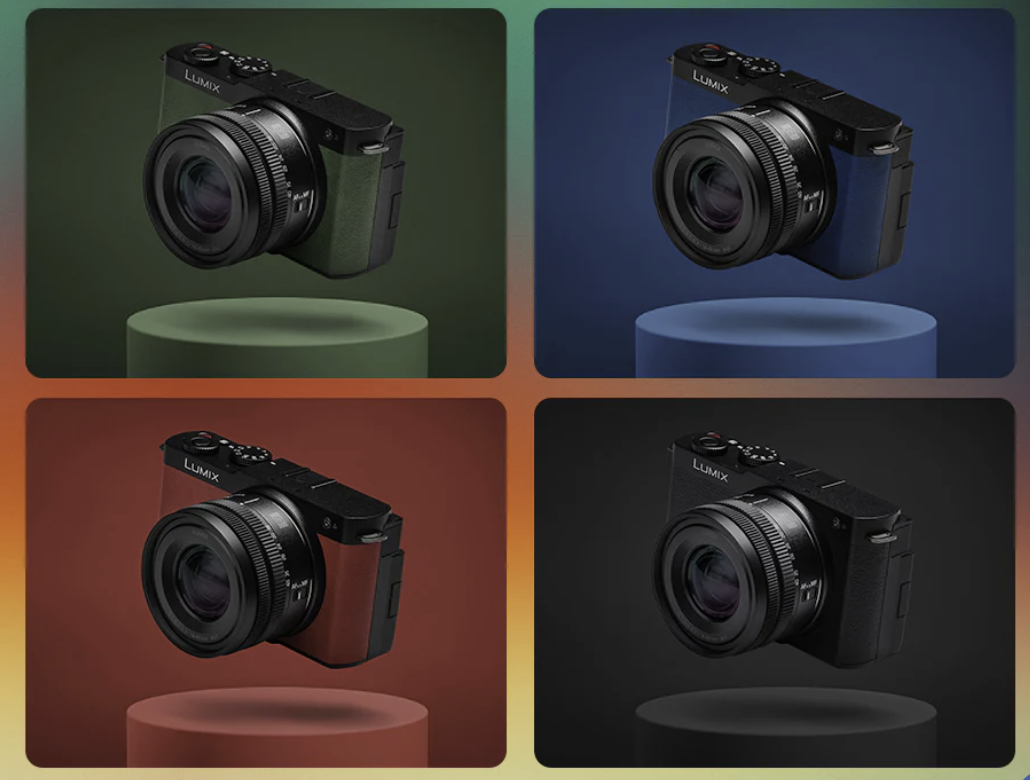
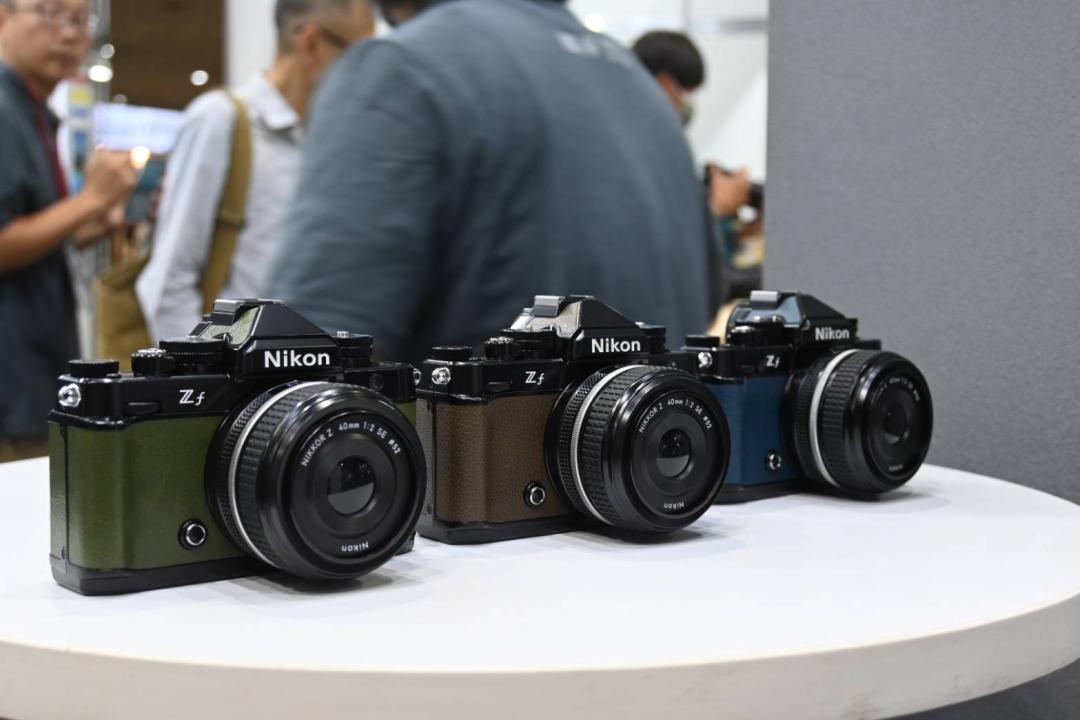

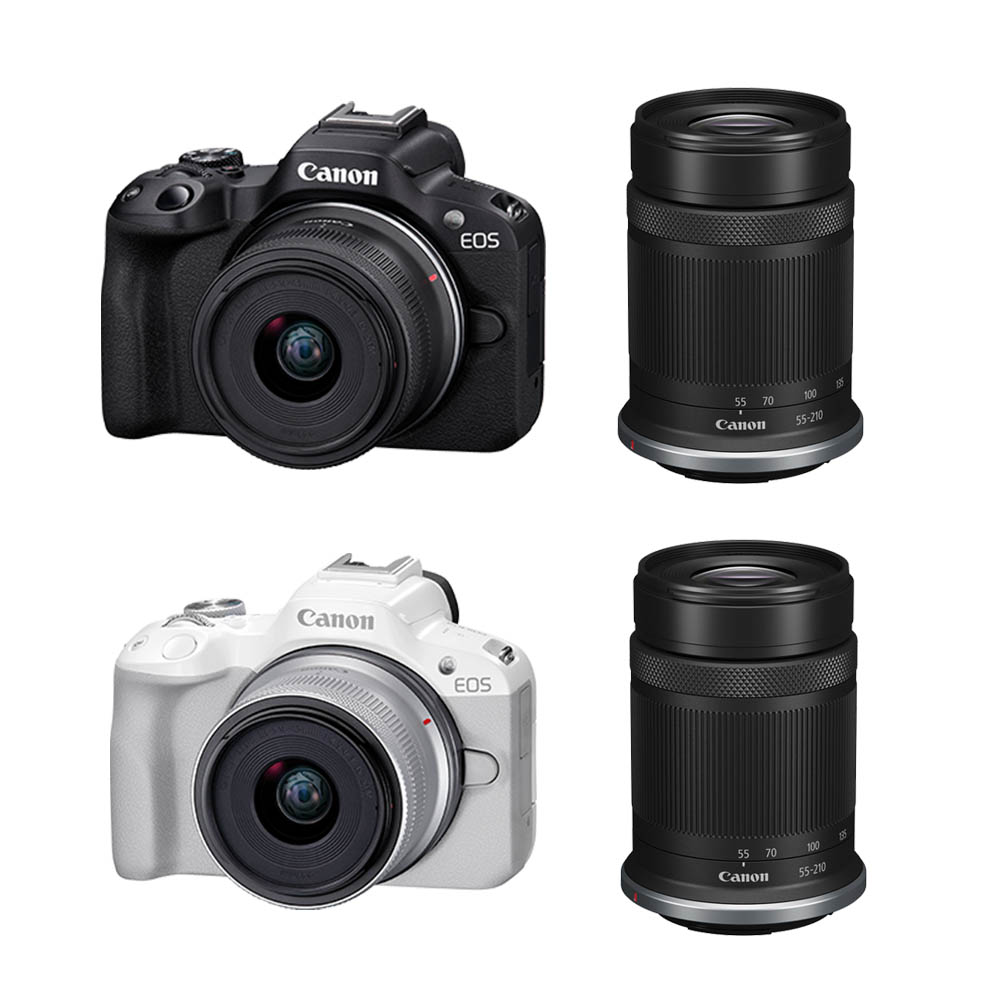
:format(webp)/cdn.vox-cdn.com/uploads/chorus_asset/file/24184674/canon相機收購canon_camera_webcam.jpg)
:format(webp)/cdn.vox-cdn.com/uploads/chorus_asset/file/13908910/IMG_0526.1419964815.jpg)
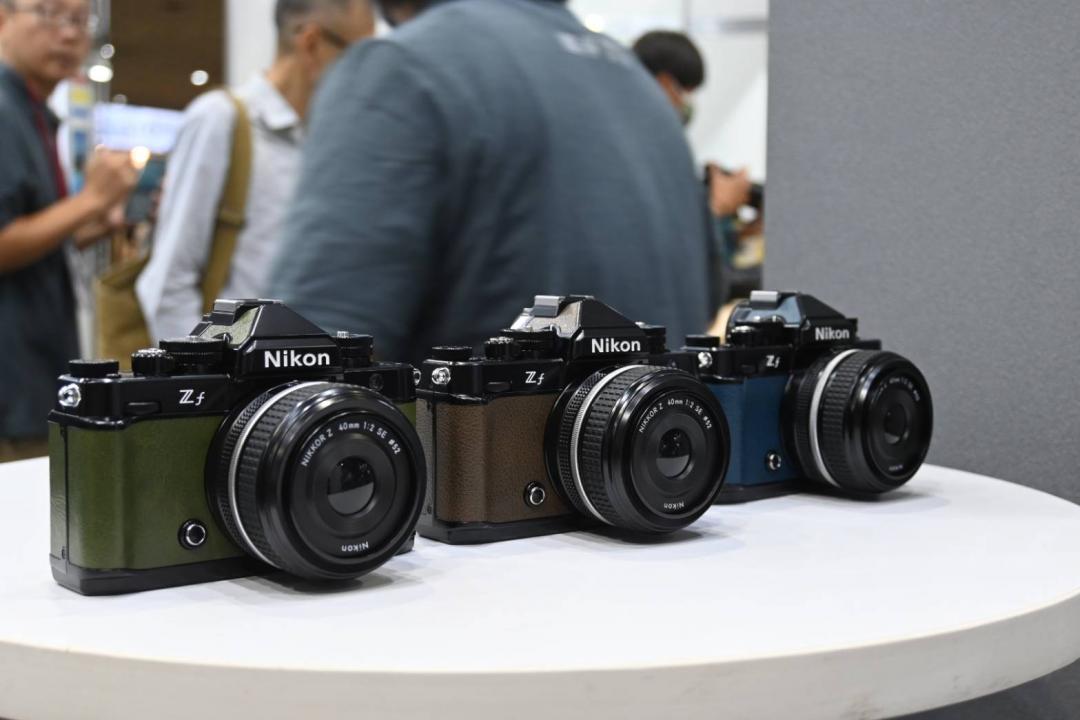
:format(webp)/cdn.vox-cdn.com/uploads/chorus_asset/file/15644772/canon相機收購canon-8k-experience1_2040.0.0.1452195425.jpg)